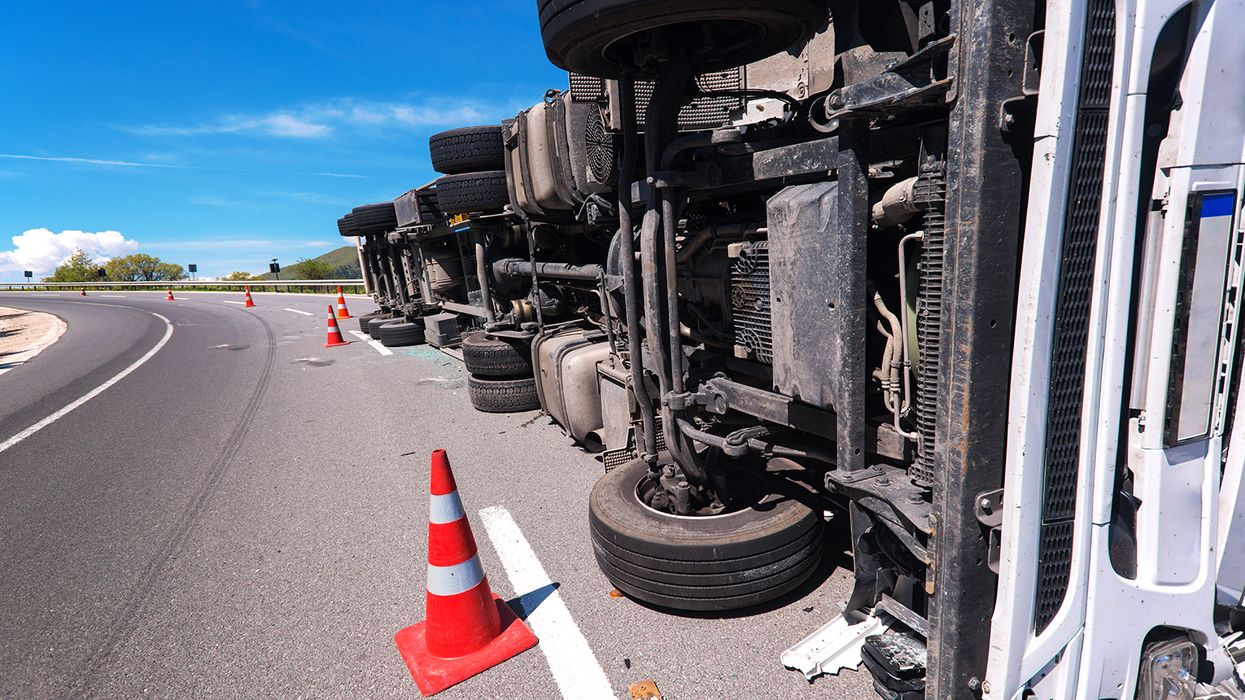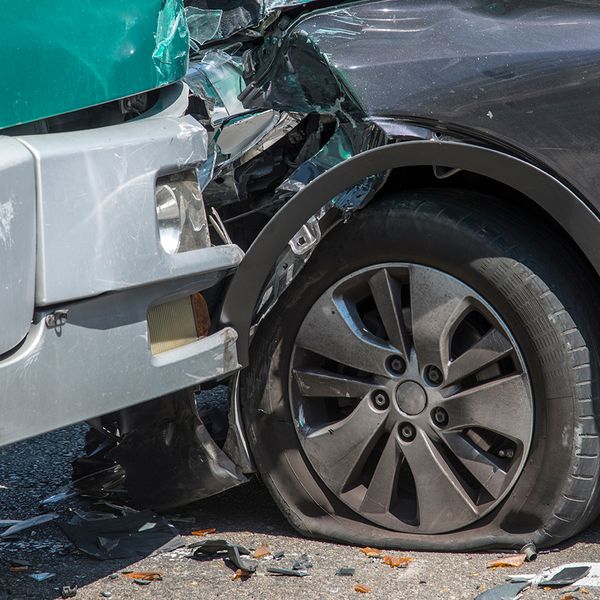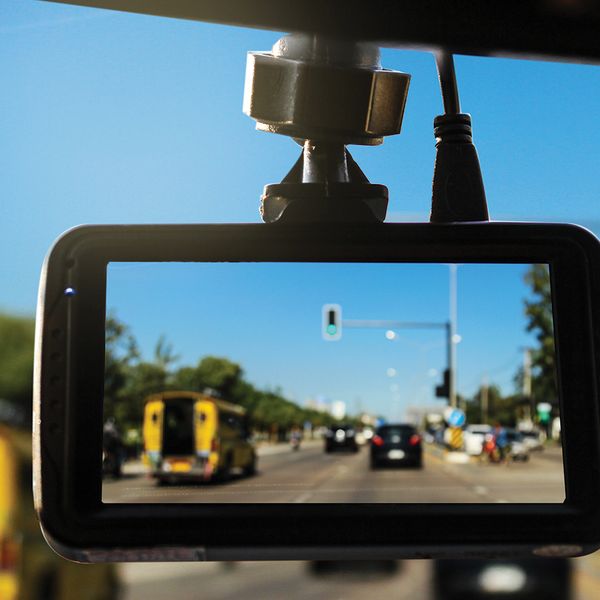Crash course in preventability
The Federal Motor Carrier Safety Administration (FMCSA) has updated its program for evaluating the preventability of crashes. FMCSA’s updates include four new crash types that are eligible for review as of December 1, 2024.
FMCSA’s Crash Preventability Determination Program (CPDP) allows motor carriers and drivers to submit requests to have certain types of commercial motor vehicle (CMV) crashes reviewed for preventability. Crashes determined to be “Not Preventable” are removed from Compliance, Safety, Accountability (CSA) score calculations and are flagged as non-preventable in FMCSA’s Pre-employment Screening Program.
Previously, FMCSA accepted requests via the DataQs system for 16 different types of crashes. The CPDP now includes 21 types of crashes.
Which new crash types have been added?
FMCSA has updated the list of eligible crash types to include four additional scenarios:
- CMV struck on the side by another vehicle operating in the same direction.
- CMV struck because another vehicle entered the roadway from a private driveway or parking lot.
- CMV struck because another vehicle lost control, with a specific mention of the loss of control coming from the Police Accident Report.
- Any other type of crash involving a CMV where a video proves the sequence of events that led to the crash.
To be eligible for review, crashes falling into these four new categories must have occurred on or after December 1, 2024. No crashes occurring more than five years ago are eligible for review, no matter the type.
When FMCSA first proposed the changes in April 2023 and asked for public input, commenters asked the agency to include other crash types. At this time, FMCSA says it doesn’t plan to include additional crash types beyond the ones listed above. The final list of accepted crash types is as follows:
- CMV was struck in the rear by a motorist.
- CMV was struck on the side at the rear by a motorist.
- CMV was struck while legally stopped at a traffic control device or parked, including while the vehicle was unattended.
- CMV was struck because another motorist was driving in the wrong direction.
- CMV was struck because another motorist was making a U-turn or illegal turn.
- CMV was struck because another motorist did not stop or slow in traffic.
- CMV was struck because another motorist failed to stop at a traffic control device.
- CMV was struck because another individual was under the influence (or related violation, such as operating while intoxicated), according to the legal standard of the jurisdiction where the crash occurred.
- CMV was struck because another motorist experienced a medical issue which contributed to the crash.
- CMV was struck because another motorist fell asleep.
- CMV was struck because another motorist was distracted (e.g., cellphone, GPS, passengers, other).
- CMV was struck by cargo or equipment from another vehicle, or debris (e.g., fallen rock, fallen trees, unidentifiable items in the road).
- CMV crash was a result of an infrastructure failure.
- CMV struck an animal.
- CMV crash involving a suicide death or suicide attempt.
- CMV was struck on the side by a motorist operating in the same direction as CMV.
- CMV was struck because another motorist was entering the roadway from a private driveway or parking lot.
- CMV was struck because another motorist lost control of the vehicle.
- CMV was involved in a crash with a non-motorist.
- CMV was involved in a crash type that seldom occurs and does not meet another eligible crash type (e.g., being struck by an airplane, skydiver, or a deceased driver in another vehicle).
- Any other type of crash, not listed above, where a CMV was involved and a video demonstrates the sequence of events of the crash.
How are crash review requests submitted?
The online DataQs website is used to submit requests for crash preventability reviews: https://dataqs.fmcsa.dot.gov.
Requests are currently taking an average of 90 days to process, according to the FMCSA. Note that requests must include the police accident report and other supporting documents, photos, or videos. Find more information and updates on the CPDP website: https://www.fmcsa.dot.gov/crash-preventability-determination-program
















































